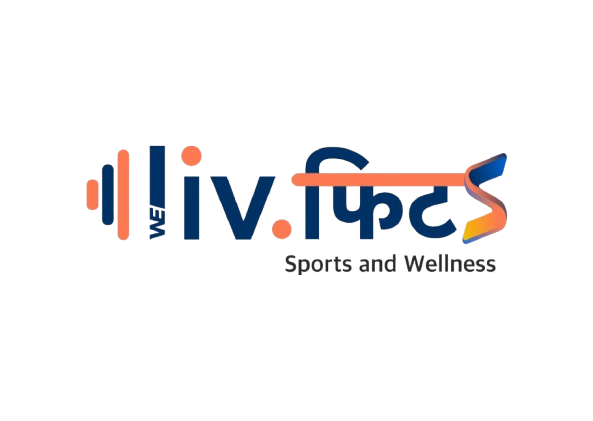Expert Tips for Effective Foam Rolling with the Grid Foam Roller
Share
Foam rolling is an essential part of any fitness routine, and the Grid Foam Roller is a top choice for athletes and fitness enthusiasts alike. This versatile tool helps relieve muscle tension, improve flexibility, and accelerate recovery. Whether you’re a beginner or a seasoned pro, mastering foam rolling techniques can enhance your overall performance. Here are expert tips for effective foam rolling with the Grid Foam Roller.
1. Choose the Right Roller
Not all foam rollers are created equal. The Grid Foam Roller features a unique surface design that mimics the hands of a massage therapist, allowing for targeted pressure on sore spots. Depending on your needs, you can choose a roller with varying densities. Softer rollers are great for beginners, while firmer options provide deeper muscle relief.
2. Warm Up Before Rolling
Before you start foam rolling, it's beneficial to warm up your muscles. Engage in light aerobic activity for about 5-10 minutes to increase blood flow. This prepares your muscles for more effective rolling and helps prevent injury.
3. Focus on Problem Areas
Identify areas of tightness or soreness in your body. Common spots include the back, thighs, calves, and glutes. Position the Grid Foam Roller under these areas and apply gentle pressure. Roll slowly, spending extra time on particularly tight spots to release tension.
4. Use Proper Techniques
When rolling, keep your body relaxed and avoid holding your breath. Use your arms and legs to control your movements, and roll at a slow, steady pace—about an inch per second. Focus on breathing deeply to help release any discomfort.
5. Incorporate Dynamic Movements
To enhance the effectiveness of your foam rolling routine, try incorporating dynamic movements. For example, while rolling your thighs, flex and extend your knee to target different muscle fibers. This can help increase blood flow and promote better recovery.
6. Set a Consistent Routine
Consistency is key for achieving the best results from foam rolling. Aim to incorporate foam rolling into your post-workout routine or dedicate specific days to focus solely on mobility. Regular practice can significantly improve your flexibility and reduce soreness.
7. Listen to Your Body
Foam rolling should never be overly painful. If you experience sharp pain, reduce the pressure or move to a different area. It's essential to listen to your body and adjust your technique accordingly.
8. Hydrate After Rolling
Foam rolling can release toxins stored in your muscles, so it's crucial to hydrate afterward. Drinking water helps flush these toxins from your system and supports overall recovery.
Conclusion
Foam rolling with the Grid Foam Roller can be a game-changer for your recovery and overall fitness. By following these expert tips, you can enhance your foam rolling technique, reduce muscle soreness, and improve your flexibility. Remember to stay consistent and listen to your body for the best results. Happy rolling!
